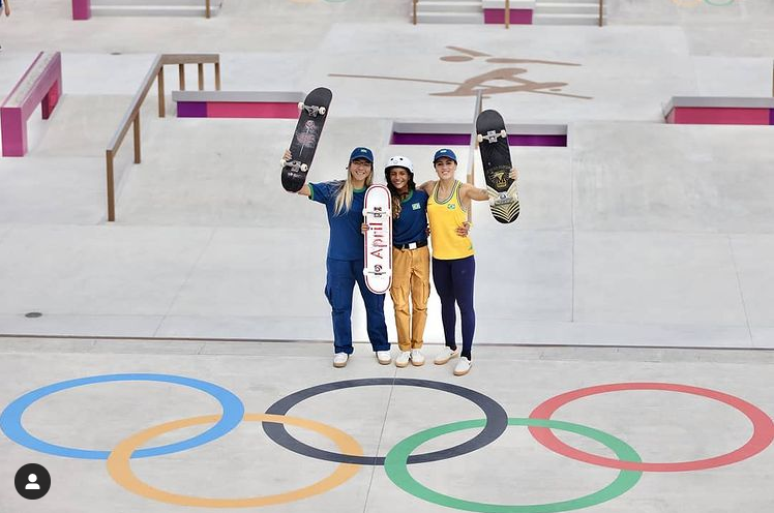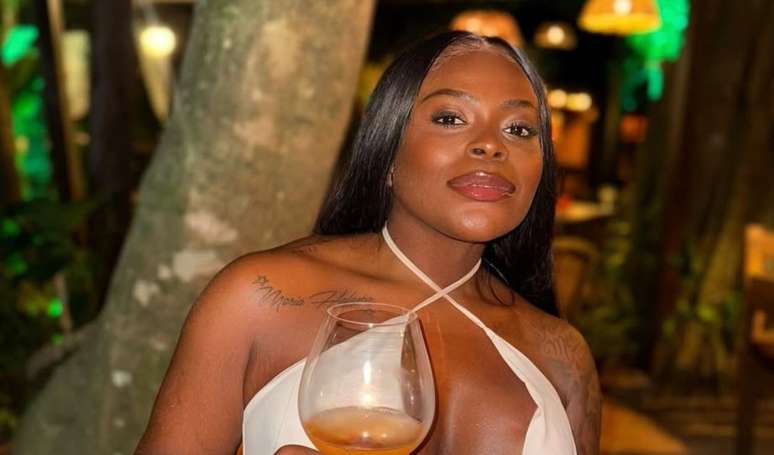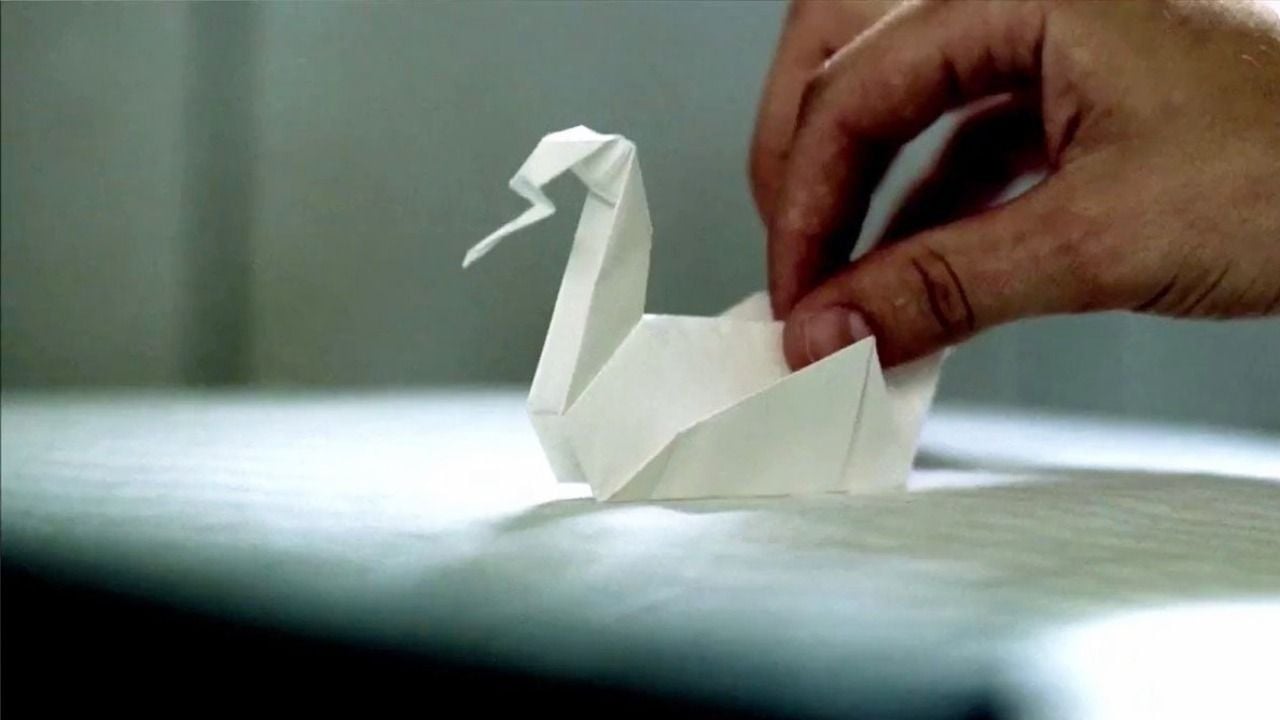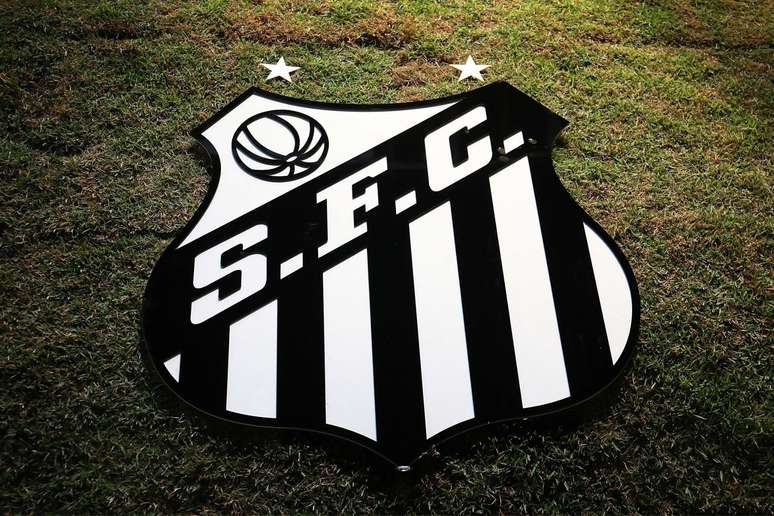Skateboarding is one of the most popular sports in our country, but do you know how it got here?
In Brazil it is estimated that there are around 8.5 million people who practice Skate. The modality grew after the pandemic, which made collective sports impossible, and which received wide publicity through the Tokyo Olympics – with 13-year-old medalist, Rayssa Leal. In addition to being a sport, skateboarding is also a part of culture. According to a survey conducted by Sports Good Intelligence (SGI Europe) in collaboration with Adventure Sports Fair (ASF) and the German sporting event promoter ISPO, sport generates around 1 billion reais a year in accessories and clothing. The sale of sports-related shoes is responsible for the movement of more than 40 billion reais in Brazil, says the Brazilian Institute of Public Opinion and Statistics (IBOPE). Besides being responsible for a great movement in the economy, the practice is seen as a beneficial initiative for the social reality and health of the practitioner. Thinking to better address the topic, this article offers an overview of the history of sport and its influence on people’s lives.
When did sport become popular in Brazil?
The sport emerged in the United States, carrying a strong surfing influence, and arrived in Brazil in 1960. The practice was probably popularized by Brazilian tourists who spent time abroad or by the children of Americans who visited Brazil. At that time the skateboard had another name, it was “Surfinho” and it had no parts of its own. They were made from parts of skates – with rubber or iron wheels and these were attached to a wooden board, nothing like the modern Shapes of today. In that decade, the new practice was featured in North American magazines. The impact of Skate in Brazil happened even in 1970, when there were even streets famous for the concentration of innumerable skaters. In Rio de Janeiro, the slopes of Rua Maria Angélica and Rua do Cedro have been the meeting point of this practice. And São Paulo also followed the trend, the Pracinha do Skate in Sumaré was the scene of radical maneuvers. This disclosure in the country was also given by the national press. In 1972, Pop magazine, one of the most influential in Brazil, began promoting sports to its audience, which was mainly made up of young people. Also in the 70s, some companies began to look for a specialization in the construction of the parts that are part of the skateboard. Some of them were Torlay, Bandeirantes, Vortex, RK, among others. This boom in popularity was followed by the construction of specially designed venues for the practice. The first skate park in Latin America was built in Nova Iguaçu, Rio de Janeiro in 1976.
How does skateboarding influence street culture and the behavior of young people who practice it?
The niche that skaters belong to is responsible for putting young people in a place of belonging. For bringing the feeling of community even though it’s an individual sport. He is responsible for changing lives and realities. The practice goes far beyond simply being a meeting place for friends. It can mean withdrawing young people from the world of drugs and crime, or even taking action to get someone out of their sedentary lifestyle. Many people who have this lifestyle say that sport has taught them values, that practicing means looking for your best version. In addition to having this strong feature of changes, skateboarding still influences fashion. The style of this tribe is very well defined. Skateboarders appreciate comfort and a more urban edge for clothes, shoes and accessories. They are amazing in motion and very distinctive.
What are the impacts of the Olympics on public opinion about skateboarding?
Skateboarding, for many years, was seen as a marginalized street sport. But the inclusion of the practice in the Tokyo Olympics was an important step towards the consecration of skateboarding as an art. The Games were the scene of several Brazilian victories, including the conquests of Kelvin Hoefler, Pedro Barros and Rayssa Leal — at just 13 years old. The trio won silver medals and graced the covers of newspapers and magazines throughout Brazil. Skateboarding has been a part of Rayssa Leal’s life since she was very young, and was affectionately known as the ‘little fairy’. These Olympics were a milestone in the history of these Brazilians and of skateboarding around the world. Today, in addition to being considered an extreme sport, it is also known as a healthy sport, which can be practiced by all ages. The visibility that the competition has brought has allowed the creation of new sports tracks and the increase of investments by governments and town halls. After the competition, several resorts reported an increase in the movement of the slopes and the search for classes with specialized instructors. The Brazilian Skate Confederation (CBSK) has launched a book on the 20-year history of the entity, the book details the entire trajectory that culminated in the creation of the Brazilian Skate Team and all the work developed over time.
html[data-range=”xlarge”] figure image img.img-481abba7bbd6c69fa1223abb0f38e631df1h9gz4 { width: 774px; height: 513px; }HTML[data-range=”large”] figure image img.img-481abba7bbd6c69fa1223abb0f38e631df1h9gz4 { width: 548px; height: 363px; }HTML[data-range=”small”] figure image img.img-481abba7bbd6c69fa1223abb0f38e631df1h9gz4, html[data-range=”medium”] figure image img.img-481abba7bbd6c69fa1223abb0f38e631df1h9gz4 { width: 564px; height: 374px; }
Photo Playback | Instagram CBSK / @juliodetefon
How to learn to skate?
The first step in learning to skate is the basics: being interested. It is important that you have determination, learning a new sport will always be a challenge but then, with training, it is possible to overcome this initial challenge. Check out some tips for beginners below.
- seek a qualified professional to teach;
- use the safety devices;
- practice whenever possible;
- try to train in open environments;
- stretching should be an essential part of the practitioner’s routine.
These are the main tips that can help you when starting this sport. It is worth remembering that not everyone who learns to skate necessarily has to make radical maneuvers or participate in competitions. Anyone can learn, the important thing is to dedicate yourself, practice safely and wait for the results.
What are the advantages of this sport?
As stated earlier, sport unites, brings a sense of community and belonging, but there are other benefits for practitioners that can be listed.
- healthier lifestyle;
- stress reduction;
- reduced anxiety;
- improved physical conditioning;
- increased strength;
- burn calories;
- improvement of balance
These are just a few examples that can illustrate the benefits of the practice in every person’s daily life. The Skate market is opening its doors so that, more and more, there is a diffusion of the sport among an audience of all ages, genders and identities.
Source: Terra
Ben Stock is a lifestyle journalist and author at Gossipify. He writes about topics such as health, wellness, travel, food and home decor. He provides practical advice and inspiration to improve well-being, keeps readers up to date with latest lifestyle news and trends, known for his engaging writing style, in-depth analysis and unique perspectives.









